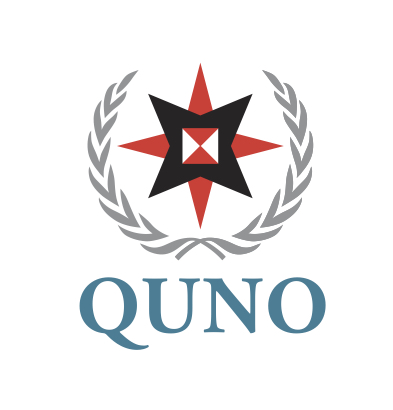Every five years the UN undertakes a review of the Peacebuilding Architecture to assess the system’s progress and impact for peacebuilding, identify remaining challenges and set the peacebuilding priorities for the coming years. QUNO, in partnership with the Global Partnership for the Prevention of Armed Conflict (GPPAC), submitted a set of recommendations to UN and Member State officials to inform and influence the 2020 review. The document focuses its messages on structural and operational partnerships, financing for peacebuilding and operational and policy coherence.

International Standards on Conscientious Objection to Military Service 2025
This updated paper lays out the ways in which conscientious objection has been recognized and is protected under human rights treaties and mechanisms, taking into account developments in international standards that have occurred since the 2021 edition. These strengthened standards can be used by front line organizations as a tool to limit suffering, improve lives and challenge root causes of injustice. Available in English, Spanish, French, and Russian.
